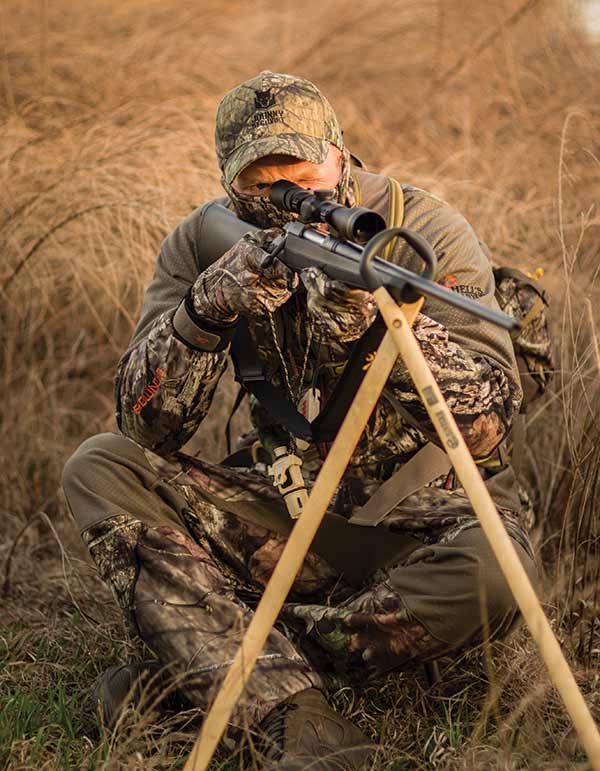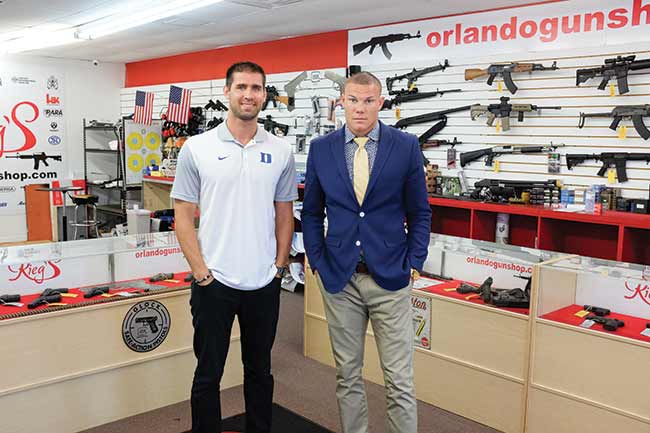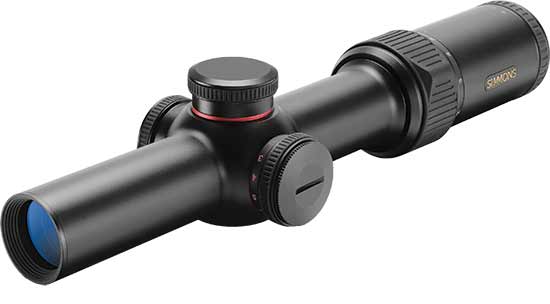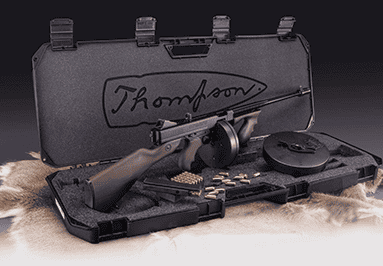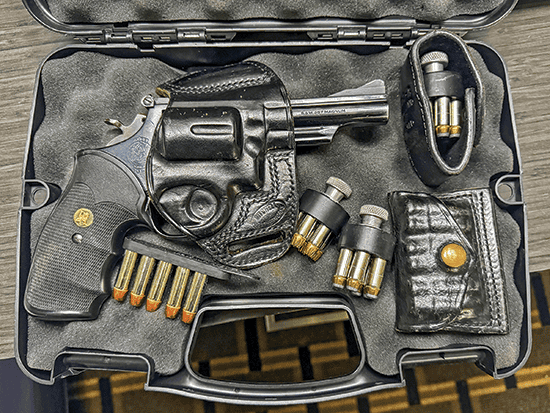Varmint Hunting Sales:
A Year-Round Hit
Earn Additional Profits Through Popular Off-Season Activity
In early July, Tim Van Leiden decided to take his 11-year-old granddaughter out for her first hunt. With popular game seasons still several months away, the owner of The Gun Guys in Ottawa, Kan., trekked westward across the state and into prairie dog country for some varmint hunting. There, Van Leiden and his son spent most of their time as spectators, as the young girl claimed some 80 dogs.
“We had so much fun watching her and seeing how much fun enjoyed being out there, we really didn’t care about hunting ourselves,” he said. “It’s a really good way to introduce kids to hunting.”
The weekend adventure illustrates one of the strongest draws of varmint hunting: you can do it pretty much whenever the mood strikes.
His business, like many others, is heavily skewed toward the handgun market. But Van Leiden estimates roughly 15 percent of his sales are related to varmint hunting — the loosely defined category of small game and predators.
It’s a market that varies heavily by which state you live in. And even by where you live in your state. In Kansas, it means coyotes, prairie dogs, groundhogs and bobcats. In Florida it means wild hogs, armadillos, raccoons and otters. Ohio hunters include foxes, crow and weasels among their varmint options.
Around Ottawa, where Van Leiden has been in business for 11 years, varmint hunting is essentially restricted to coyotes — which have undergone a recent population boom. There’s also a market for coyote coats, which makes them more popular to hunt in the fall and winter, when they have heavier coats.
“The market fluctuates a lot. It used to be you could get $40 to $50 for a good pelt,” he said.
But considering the range of animals available across the state, there are many options for hunters when it comes to choosing a firearm. There’s the occasional handgun hunter, generally with a Thompson Contender equipped with a scope. And some guys hunt coyotes with shotguns, using Carlson’s choke tubes designed for the animal.
But rifles remain the favorite of varmint hunters, with brands such as Winchester, Remington and Savage among the top choices of customers. The more popular calibers are .223, .204 Ruger and .22-250.
And while many hunters opt for bolt-action rifles, some of them prefer a more modern approach. “The younger guys, those 30 years old or so, are using MSRs to hunt with,” Van Leiden observed.
A Similar Story
It’s a similar story at Rieg’s Gun Shop & Shooting Range in Orlando, Fla., where brothers Justin Hilton and Jesse Hastings have been in business since 2012, when they bought the shop from their grandparents.
The MSR platform is popular with some hunters (top brands at Rieg’s include Colt, Bushmaster and local gunmaker Spike’s Tactical), but there’s still a strong interest in bolt-action rifles, Hilton said. An MSR’s larger magazine offers no capacity advantage over its bolt-action counterpart, with hunters limited to no more than five rounds.
A popular seller is the Savage Axis II: “It costs enough money to feel good about it, but it’s not something that breaks the bank,” Hilton said.
More than anything, varmint hunting offers a chance for hunters to stay busy all year and to break out some guns that might otherwise stay in the safe. Larger game demands big calibers (Florida hog hunters opt for .30-06 and .308), but there’s a place for .22, .22 WMR and .17 HMR at the smaller side of game range, Hilton said. “It’s a nice time to bring out your plinking guns and actually hunt some game,” he added.
The brothers’ own favorite is a Marlin Model 60, which they’ve nicknamed “Elmer Fudd.”
Popular Sellers
Both stores offer rentals on their ranges to help shoppers make their buying decisions. The Gun Guys, in Kansas, offers a $5 rental option, and includes MSRs, a .22 rifle and a bolt-action .223 among the options.
When it comes to ammo choices, the answer often depends on the type of hunting involved, Van Leiden said. Centerfire hunters out for a long prairie dog hunting session, for example, are less likely to use factory ammo.
“Those guys will reload,” he said. “You can go out over a weekend and shoot 200–300 rounds. That can get expensive.”
The coyote hunters, however, are more likely to drop by the store for factory ammo. Hornady’s V-MAX and Superformance Varmint are among the top sellers.
Among the accessories that move best for varmint hunters are scopes, with a wide range of available options from popular makers Tasco, Leupold, Nikon and Bushnell. “It all depends on how much money they want to spend,” Van Leiden added.
That, and where they plan to hunt. For most Kansas hunting, there’s not much need to shoot more than 200 yards out. So there’s not as much demand for the longer stuff. “It all depends on the hunter’s preference,” Van Leiden said. “Sometimes you’ll need something that will get you quick target acquisition.”
Florida hunters are in a similar situation, with most shots occurring within 100 yards, said Hilton, of Rieg’s. Simmons also is a popular seller for the store, with 4×32 considered an ideal magnification.
“It will handle everything you are going to hunt in the state of Florida,” Hilton noted.
Bipods and shooting sticks, made by Primos and Caldwell, also are popular with hunters who use stationary positions.
There are, however, some areas of varmint hunting where Van Leiden finds it tough to compete with the larger big-box sporting goods stores. He doesn’t currently offer a line of camouflage clothing. And he doesn’t keep a lot of game calls on hand.
“I’ll get a few in,” he said. “But I can’t afford to keep 10 high-end electronic calls or compete on the low-end with Walmart.”
Indeed, the bulk of his varmint business revolves around three things: rifles, scopes and ammo. And those sales don’t always involve seasoned hunters.
On a recent Monday, a woman dropped by the store. She lived alone. And she was trying to figure out how to save her chickens from increasingly aggressive predators. “She wanted a high-powered rifle to shoot coyotes that were coming into her yard,” Van Leiden recalled.
She left with a .22-250, scope and ammo — along with the name and number of a local firearms instructor to get her started.

